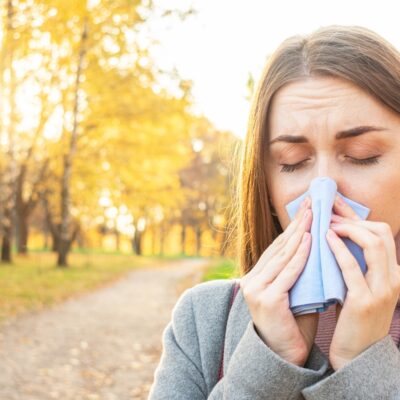
Health
Common Types of Thyroid Cancer to Know About
The thyroid gland is a butterfly-shaped gland that sits at the base of the neck below the Adam’s apple. The thyroid is responsible for producing hormones that regulates weight, body temperature, heart rate, and blood pressure. Detecting the cancer can be difficult. The primary reason is the shortage of screening tests. However, once the different types of thyroid cancer are detected, it can be cured on time. Types of thyroid cancer you should know about include the following: 1. Papillary carcinoma (PTC) The majority of cases of thyroid cancer are diagnosed with this across the nation and even worldwide. That is why it is one of the topmost types of thyroid cancer. Figuratively, it consists of around 80% of the cases. These cancer cells grow slowly onto either of the lobes of the thyroid gland. They take birth from the follicular cells found in the gland itself. These cells are responsible for producing thyroxine and triiodothyronine, types of thyroid hormones. Statistically speaking, this cancer is generally found mostly in young adults and women. Sometimes, it could even spread across the neck expanse if the prognosis is delayed. 2. Follicular Carcinoma Statistically, numbers say that around 15% of cases are related to this condition.
Read More 















